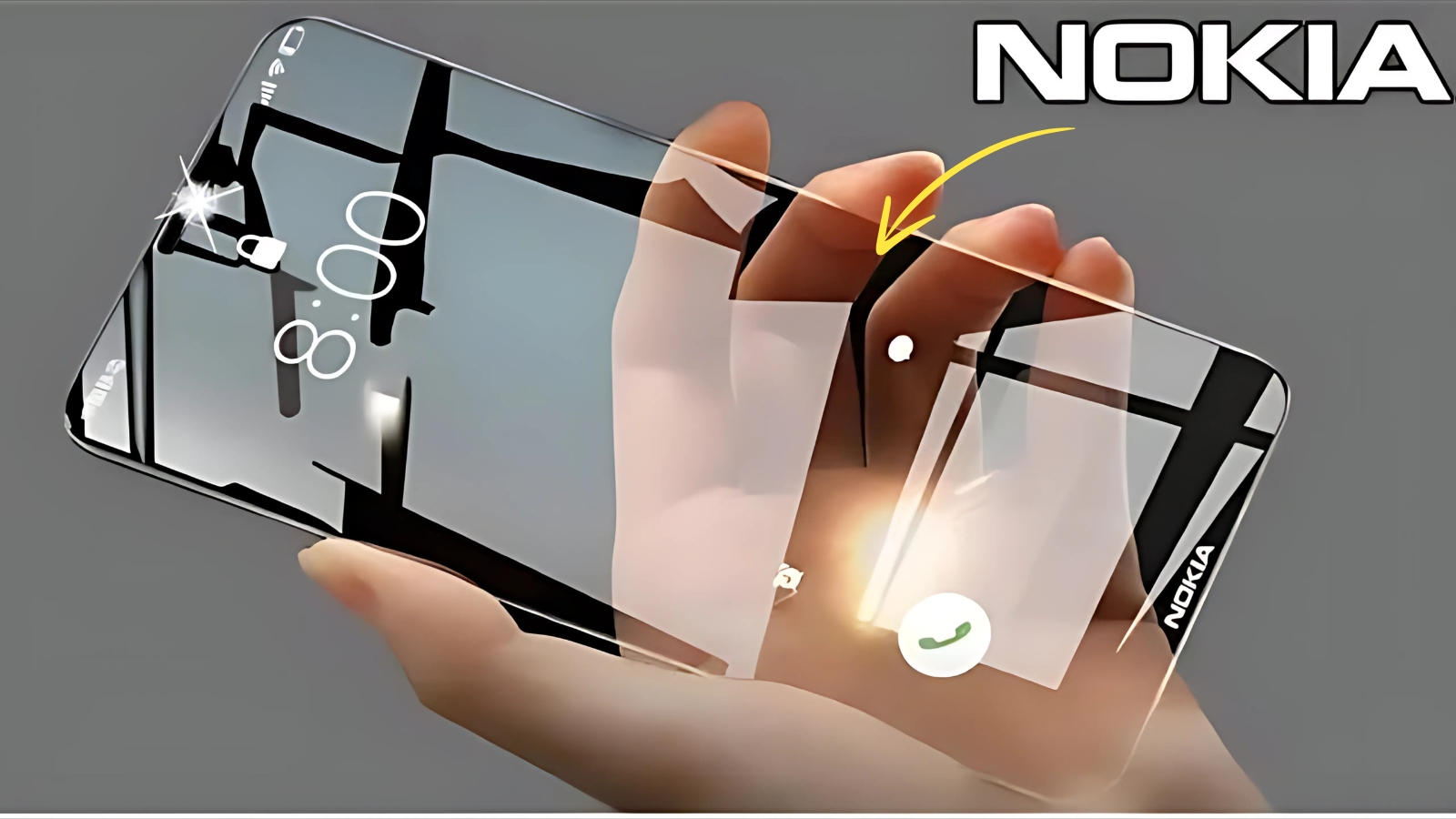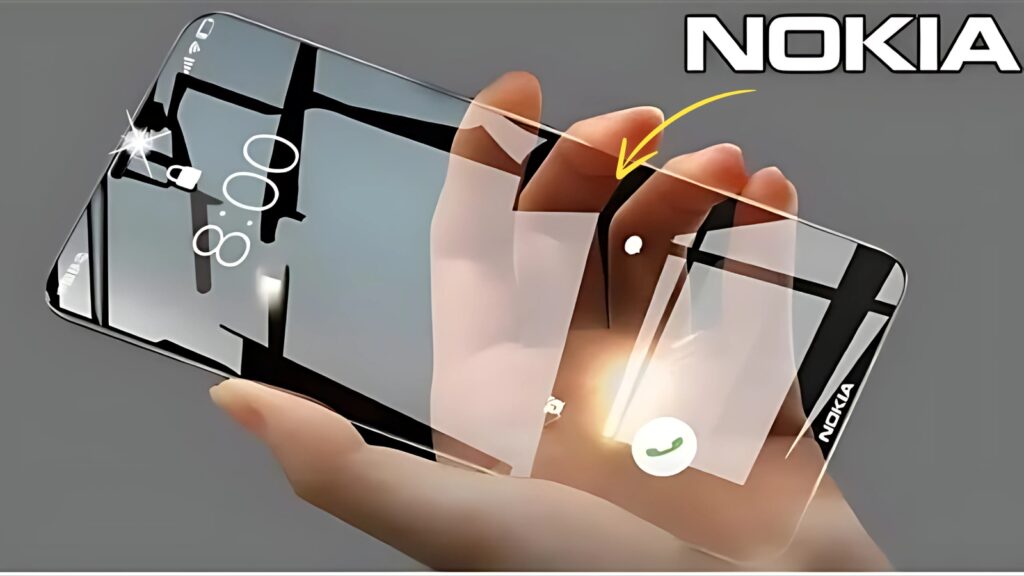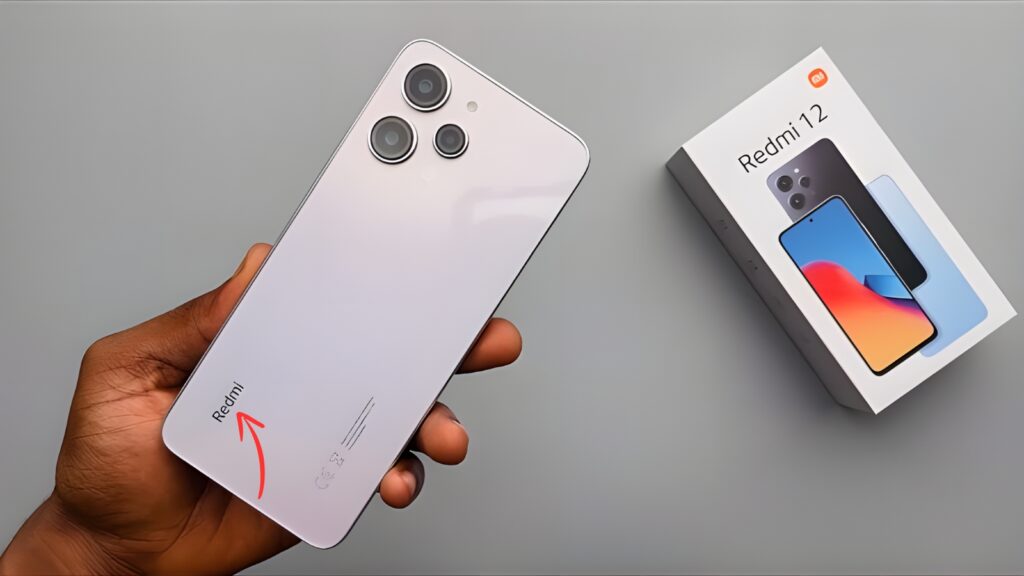Nokia Transparent Smartphone : The smartphone industry rarely experiences genuine breakthrough moments that capture global imagination. Nokia’s rumored transparent smartphone concept represents one such revolutionary development, promising to transform how we perceive and interact with mobile technology. While still largely conceptual, this futuristic device embodies decades of display technology research finally converging into something that seems pulled directly from science fiction movies.
The Technology Behind Transparency
Creating a truly transparent smartphone requires overcoming fundamental challenges that have puzzled engineers for years. The concept relies heavily on transparent OLED (Organic Light Emitting Diode) technology, where individual pixels can emit light while maintaining see-through properties when inactive. Unlike traditional displays that require backlighting, transparent OLEDs use organic compounds that illuminate in response to electrical current, creating vibrant colors against a completely clear background.
The engineering complexity extends far beyond the display itself. Internal components must be strategically miniaturized and positioned along the device’s edges, creating an illusion of complete transparency. Advanced materials like indium tin oxide enable transparent electrodes, while innovative encapsulation techniques protect delicate organic materials from environmental damage. The result would be a device that functions as a normal smartphone while appearing almost invisible when inactive.
Nokia’s historical expertise with display innovation, including their pioneering ClearBlack Display technology, positions them uniquely to tackle these challenges. Their previous research into flexible OLED prototypes, such as the bendable Kinetic device concept, demonstrates ongoing commitment to pushing display boundaries beyond conventional limitations.
Visual Experience and Design Philosophy
Imagine holding a crystal-clear piece of glass that suddenly springs to life with colorful apps, notifications, and content floating in mid-air. The transparent smartphone would offer an unprecedented visual experience where digital information seamlessly blends with the physical world behind the device. This creates fascinating possibilities for augmented reality applications, where virtual elements can interact naturally with real environments.
The aesthetic appeal extends beyond mere novelty. A transparent design represents the ultimate minimalist approach to smartphone construction, eliminating visual bulk while maintaining full functionality. Users could customize transparency levels, allowing the device to appear completely invisible during certain modes or semi-transparent to maintain subtle presence without obstruction.
The absence of traditional bezels and housing creates ergonomic challenges that engineers must address creatively. Grip areas, button placement, and structural integrity become critical considerations when the entire device maintains transparency. Some concept designs suggest strategic opacity zones for essential controls while preserving the overall see-through aesthetic.
Technical Specifications and Capabilities
Current rumors suggest Nokia’s transparent smartphone would feature impressive specifications befitting a flagship device. The concept reportedly includes a 6.72-inch display with Full HD+ resolution, maintaining visual clarity despite its transparent nature. Advanced 5G connectivity would be powered by either Qualcomm’s Snapdragon 8 Gen series processor or a custom AI-enabled chipset developed specifically for this unique form factor.
Memory configurations could include up to 12GB of RAM paired with 256GB of storage, ensuring smooth performance for demanding applications. The device would likely run a customized version of Android 15, optimized for transparent display interactions and featuring gesture-based controls that maximize the unique visual possibilities.
Camera integration presents one of the most significant technical hurdles. Traditional camera bumps would compromise the transparent aesthetic, necessitating innovative solutions like under-display sensors or pop-up mechanisms. Concept designs suggest semi-transparent camera arrays that become invisible when not in use, maintaining the device’s seamless appearance.

Market Positioning and Practical Challenges
While transparent smartphones capture imaginations, practical implementation faces substantial obstacles. Manufacturing costs would be extraordinarily high due to specialized materials and precision engineering requirements. The transparent OLED production process demands expensive components like indium tin oxide, combined with complex assembly techniques that drive prices well beyond typical flagship levels.
Durability concerns also present significant challenges. Transparent displays are more susceptible to environmental damage from moisture and oxygen exposure compared to traditional screens. The organic materials used in transparent OLEDs can degrade faster, potentially shortening device lifespan despite protective encapsulation technologies.
Battery life represents another critical consideration. Transparent devices would likely house smaller batteries due to space constraints, while the advanced display technology could consume more power than conventional screens. Nokia would need breakthrough battery technology or revolutionary power management to achieve acceptable usage times.
Future Prospects and Industry Impact
Industry insiders suggest Nokia might reveal their transparent smartphone concept during major technology exhibitions in late 2025, with potential commercial availability following in 2026. The device would likely target premium collectors and technology enthusiasts rather than mainstream consumers, at least initially.
Success would depend heavily on practical applications that justify the technological complexity and premium pricing. Augmented reality integration, professional photography applications, and unique user interface innovations could differentiate transparent smartphones from conventional alternatives.
The broader industry impact could be transformative. Successful transparent smartphone implementation would inspire competing manufacturers to explore similar innovations, potentially establishing an entirely new product category. Applications could extend beyond smartphones to tablets, automotive displays, and architectural integration where transparent screens blend seamlessly with existing environments.
Bajaj Pulsar RS 200 – Full dangerous design bike launch with powerful engine
Nokia Transparent Smartphone : Reality Check and Current Status
Despite widespread social media speculation, Nokia has not officially announced any transparent smartphone development. Recent viral videos claiming to show transparent Nokia devices were revealed as artistic props designed to highlight smartphone addiction rather than functional technology. These “methaphones” created public fascination that demonstrates genuine consumer interest in revolutionary display concepts.
Nokia’s current product focus remains on traditional smartphone designs under HMD Global licensing, including retro-inspired models and conventional Android devices. However, the company’s historical innovation legacy and continued research into advanced display technologies suggest transparent smartphones remain within the realm of possibility.
The transparent smartphone concept represents humanity’s perpetual desire to push technological boundaries beyond current limitations. Whether Nokia ultimately brings this vision to market, the mere possibility continues inspiring engineers and designers to imagine futures where our devices become nearly invisible extensions of human capability.


